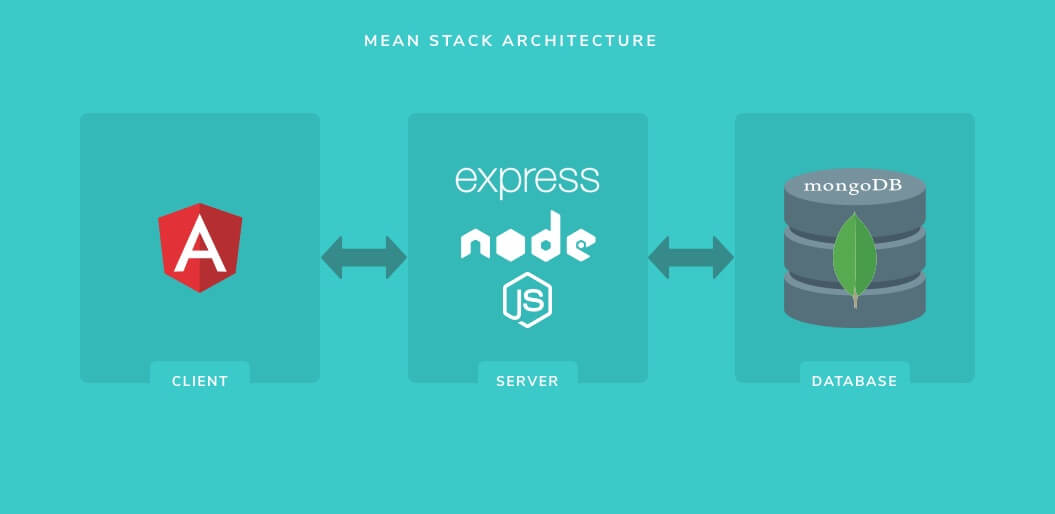This decade has witnessed numerous shifts in the technological domain resulting in quick and sustainable advancement. One of such advancements in the arena of technology is the MEAN tech stack which resonates with a pioneering version of web development.
Being an abbreviation of MongoDB, Express.js, AngularJS, and Node.js, MEAN stack stands to synergize these components and make them easy to use for developers. Many of the brands or companies that we know today have used MEAN stack for seamless development, quick speed, user convenience, and performance enhancement. A few of such names are Gmail, Netflix, Forbes, YouTube, LinkedIn, PayPal, and The Weather Channel.


